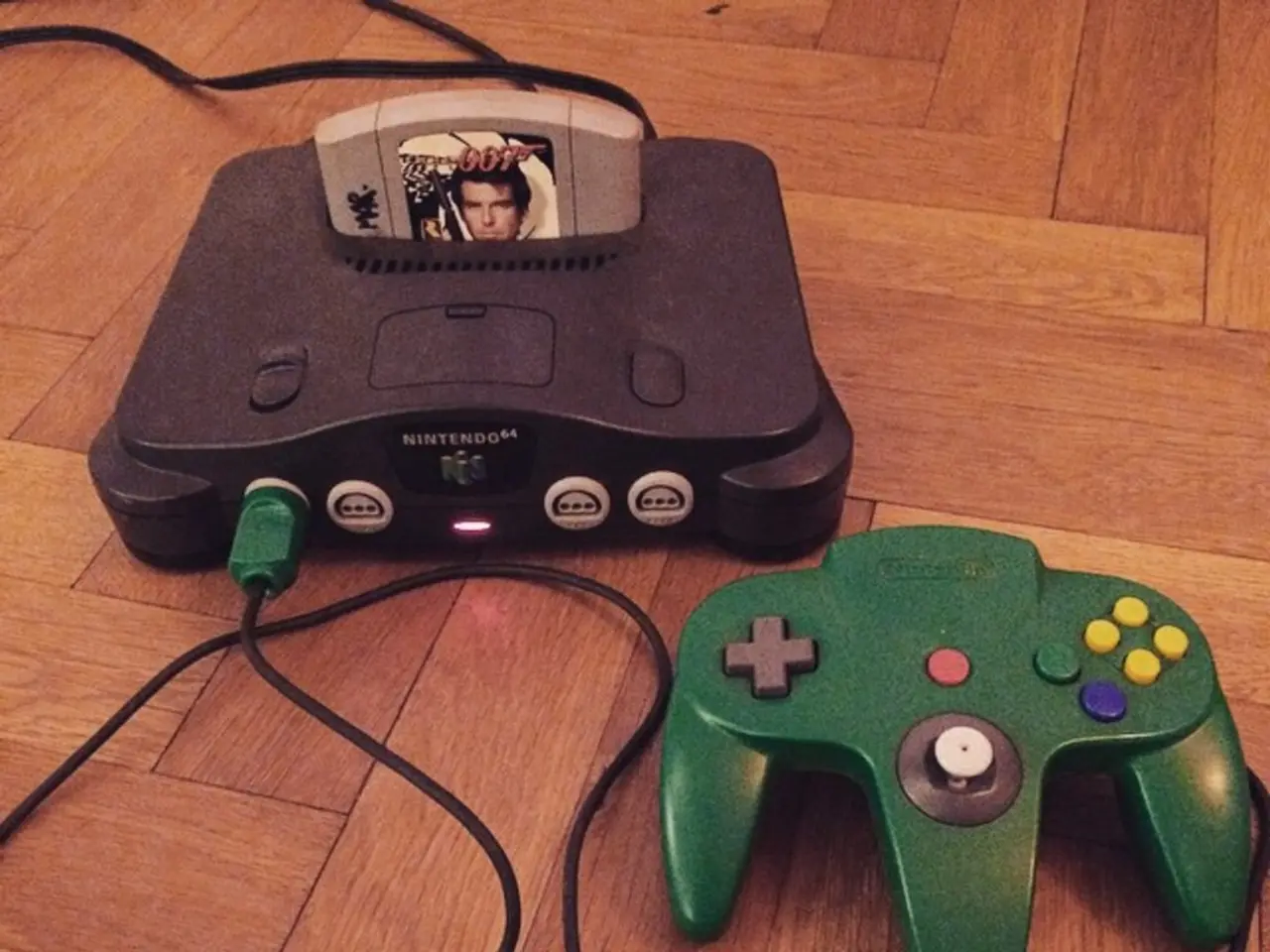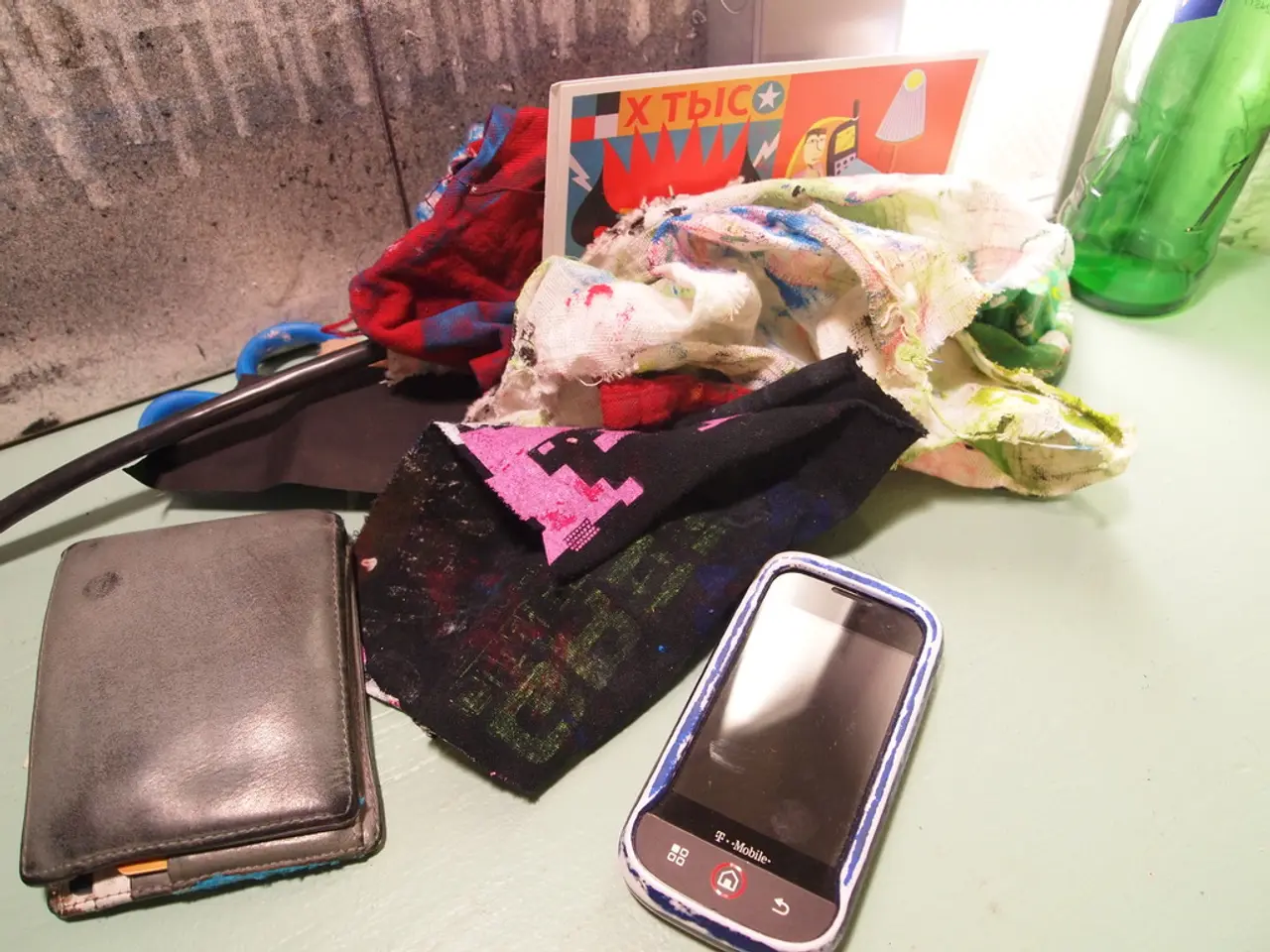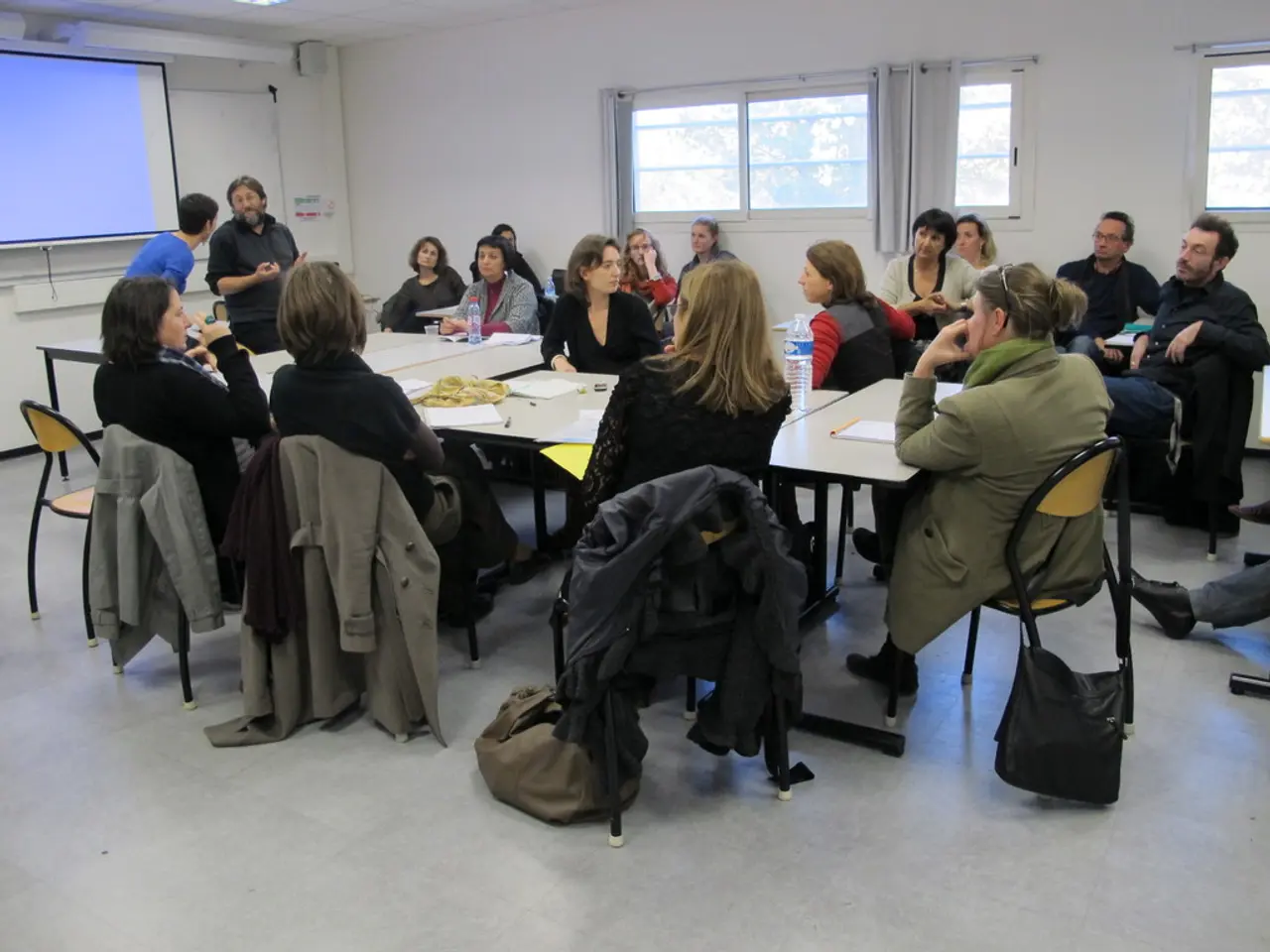Advanced Robotic Gripper Feels Heat and Replicates Humane Touch
The MOTIF Hand, a groundbreaking robotic hand developed by a student team at USC Viterbi, led by assistant professor Daniel Seita, has been published on Arxiv. This innovative hand is designed to mimic human instincts and sensory capabilities, setting a new standard in robotics.
The MOTIF Hand is multimodal, capable of gathering and responding to several types of sensory input simultaneously. It incorporates a FLIR Lepton 3.5 thermal camera embedded in its palm, which captures infrared temperature data, allowing it to detect heat patterns without direct contact. This thermal detection system, based on infrared-based technology, gives the hand heat vision, much like humans hover their hand near a hot object to gauge temperature.
In addition to thermal sensing, the hand is equipped with thin film tactile sensors on each finger, arranged in a high-resolution 6x6 grid. These sensors detect minute pressure inputs with a trigger threshold as low as 20 grams, enabling precise control over applying the correct amount of force when pressing, holding, or pushing objects.
Moreover, each finger joint is equipped with motion-tracking units that combine a 3-axis gyroscope, accelerometer, and magnetoresistive sensors. These allow the hand to monitor finger movements accurately, contributing to natural and dexterous manipulation of objects.
The MOTIF Hand also features a time-of-flight depth sensor in the palm, providing real-time spatial data, giving the robotic hand an accurate sense of distance and object positioning. This depth sensing capability is instrumental in enhancing hand-eye coordination, much like human vision contributes to hand-eye coordination.
The sensory integration in the MOTIF Hand is designed to replicate the way humans develop instincts to avoid harm, such as not touching hot surfaces, and to perform delicate manipulations requiring feedback from several sensory modalities. This makes the MOTIF Hand capable of reacting more naturally to tasks that would otherwise be hard to automate, such as knowing how hard to push something or avoiding a hot surface.
The MOTIF Hand builds on a precedent robotic platform called the LEAP Hand from Carnegie Mellon but significantly advances it by adding these human-like sensory capabilities. The team behind the MOTIF Hand hopes others will build on this platform, seeing it as a foundation for future research.
Seita and his team hope that open-sourcing the MOTIF Hand will advance the robotics community by making their hand available to more researchers. The MOTIF Hand, being open-source, is a testament to the team's commitment to collaboration across the robotics community.
In essence, the MOTIF Hand's creation combined a robust open-source dexterous hand frame with an array of sensors to enable human-like perception of touch, heat, and motion—attuning the robot with instincts similar to humans for safer, more precise, and context-aware interaction with its environment. With applications ranging from factory assembly to cooking, welding, and enhanced robotic research, the MOTIF Hand is set to revolutionise the field of robotics.
The MOTIF Hand, a robotic hand that has been open-sourced, is a testament to the team's commitment to collaboration, combining technology, innovation, and robotics. With its heat vision, high-resolution tactile sensors, depth sensor, and motion-tracking units, this hand showcases the advancement of science in replicating human sensory capabilities.
The MOTIF Hand, set to revolutionise the field of robotics, transcends traditional robotic platforms by incorporating human-like sensory perception, paving the way for a future of safer, more precise, and context-aware interactions with its environment.




